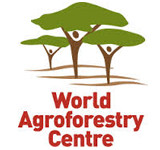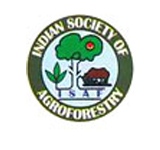
Vigyan Bhavan & Kempinski Ambience
10 - 14 February 2014
Delhi, India
blog
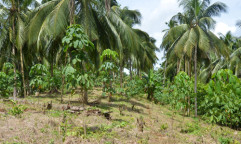
Smallholder farmers in Sumatra and Kalimantan in Indonesia are often reluctant to plant improved, high-yielding clonal rubber trees in their agroforestry systems. Dudi Iskandar from Agency for Assessment and Application of Technology, Indonesia, set out to figure out why. According to Iskandar, in...
READ MORE >

“Ask not what your country can do for you, but ask what you can do for your country!”, said John F. Kennedy in his inaugural address. Would large companies have similar ideas when buying produce from smallholders? “Smallholder, don’t ask what I can do...
READ MORE >
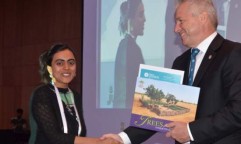
In the run-up to the World Congress on Agroforestry (#WCA2014), we ran a blog competition. The purpose was to provide agroforestry researchers, practitioners, students and farmers a platform to showcase their projects on our blog. We also used this opportunity to encourage people to...
READ MORE >
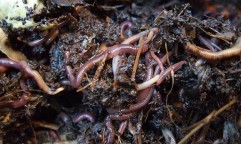
If the holy grail of agroforestry is to optimize crop yields and productivity while maintaining the provision of ecosystem services, it turns out it might be a good idea to humour the kings and queens who live underground—nematodes, earthworms, termites and other creepy crawlies...
READ MORE >
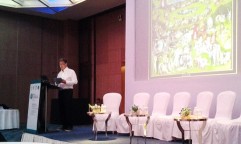
Research and Development (R+D) has been around for a long time; every serious big business has an R+D unit. Looking at the context of agricultural research, there was a slight but significant change in the wording lately: R+D became R4D—Research FOR Development. Suddenly, scientists...
READ MORE >
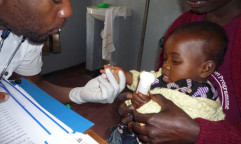
In rural Malawi, when people get infected with HIV, they increasingly rely on forest resources for medicines and fruits. How can agroforestry take the pressure off forests? “Agroforestry can provide HIV-AIDS-affected people with some of their most basic needs such as firewood, traditional medicines...
READ MORE >
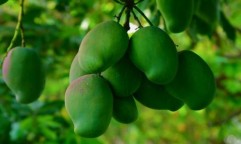
Globally, about 842 million people are undernourished – about 12% of the population – and more than 2 billion suffer from micronutrient deficiency, or “hidden hunger,” according to the UN Food and Agriculture Organization (FAO). This is a great improvement from 20 years ago,...
READ MORE >
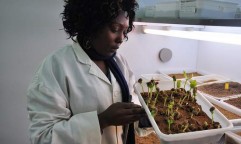
Once every five years we celebrate the role of tree-based systems in human prosperity with an international congress. The World Congress on Agroforestry 2014 in Delhi, India, kicked off the second day of thematic sessions today with a programme on “Science Advances in Agroforestry”....
READ MORE >
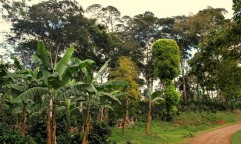
Kira Borden held the audience spellbound at the World Congress on Agroforestry 2014 as she described how radar can be used to map the roots of trees. Showing a slide of a team with picks and shovels bent double next to a tree, the...
READ MORE >
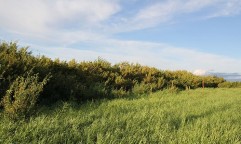
In temperate regions, agricultural practices integrating leguminous trees and food or forage crops can sharply reduce overdependence on chemical fertilizers, and improve yields. Tree boundaries also shield pastures against fast-moving winds. Discussing his findings at the ongoing World Congress on Agroforestry, Anthony Kimaro, a...
READ MORE >

Vigyan Bhavan & Kempinski Ambience
10 - 14 February 2014
Delhi, India
LATEST POSTS


